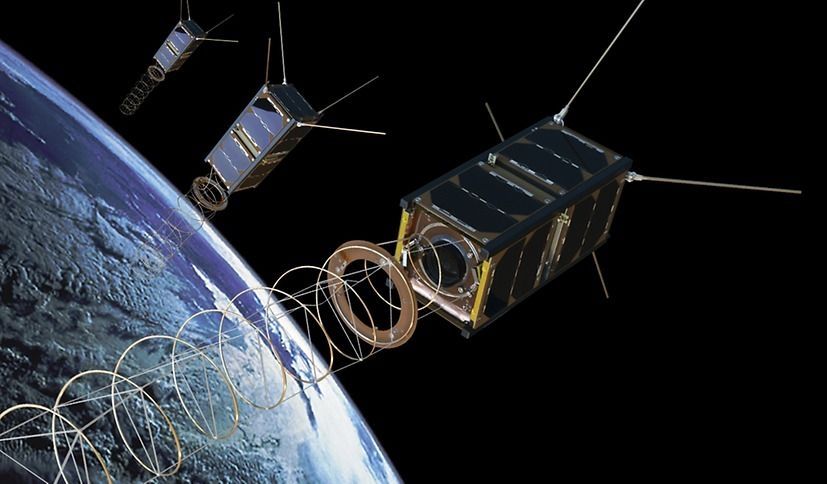These are a tiny fraction of the examples of how our economy differs from the 20th century industrial economy. Similar changes are under way in the developing world, as labor gives way to robotics and basic goods become affordable and accessible to the planet’s billions. Given those changes, why would 20th century models of prices and rates and money supply work as they used to work?
We like to believe that there are “laws of economics” and past patterns to guide us, but, as Yellen indicated, there is now “considerable uncertainty.” It may feel safer to trust that past patterns will reassert themselves. But maybe policymakers should weigh more heavily the chance that the patterns have changed.
The Federal Reserve takes a 20th-century approach to managing a 21st-century economy.





